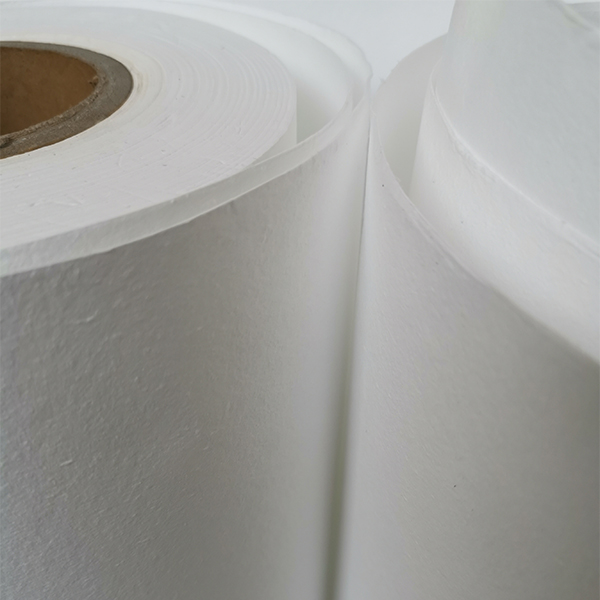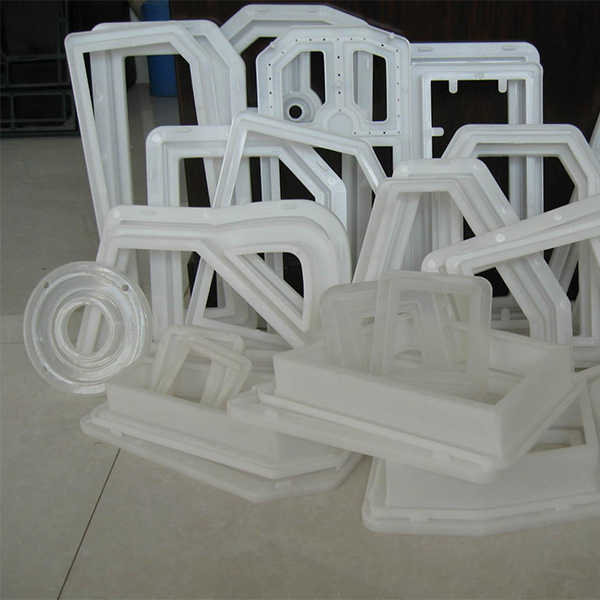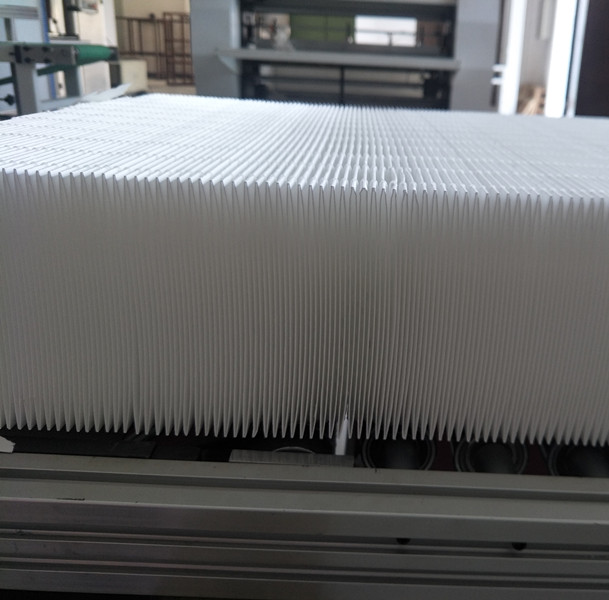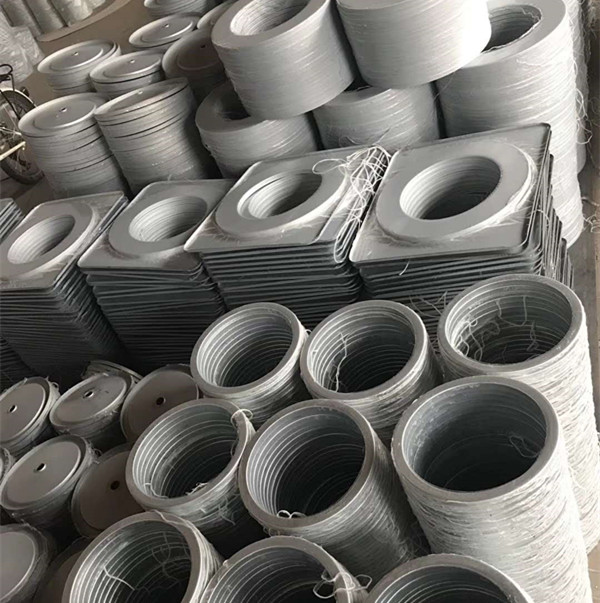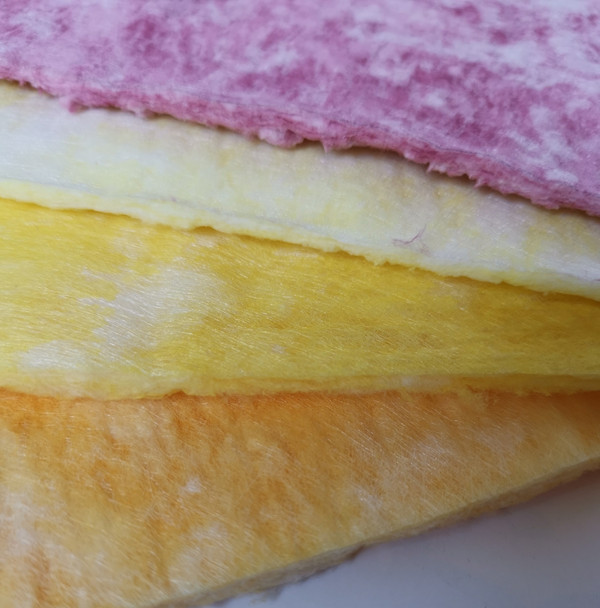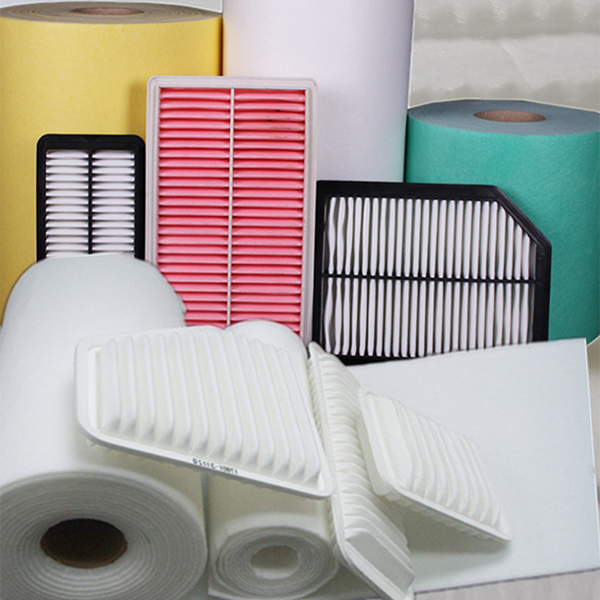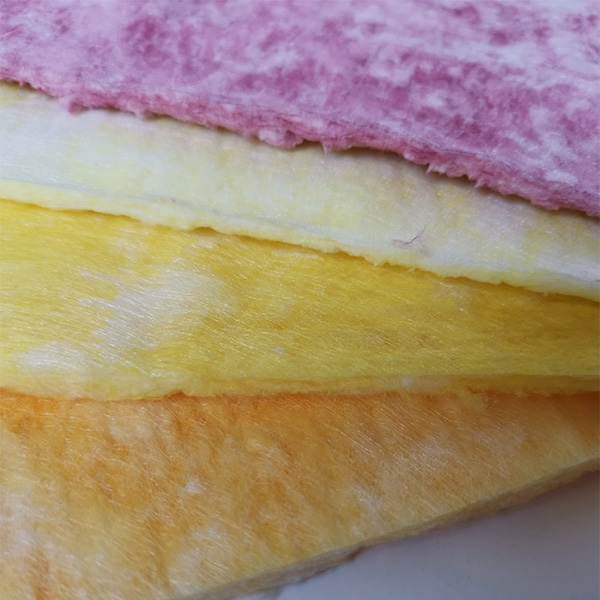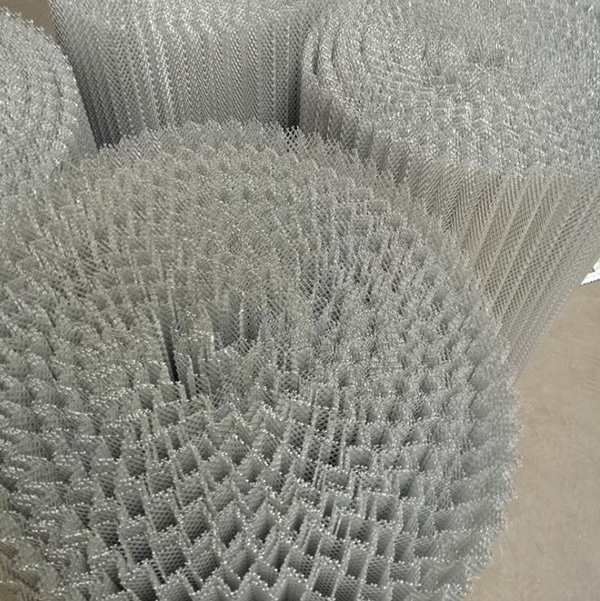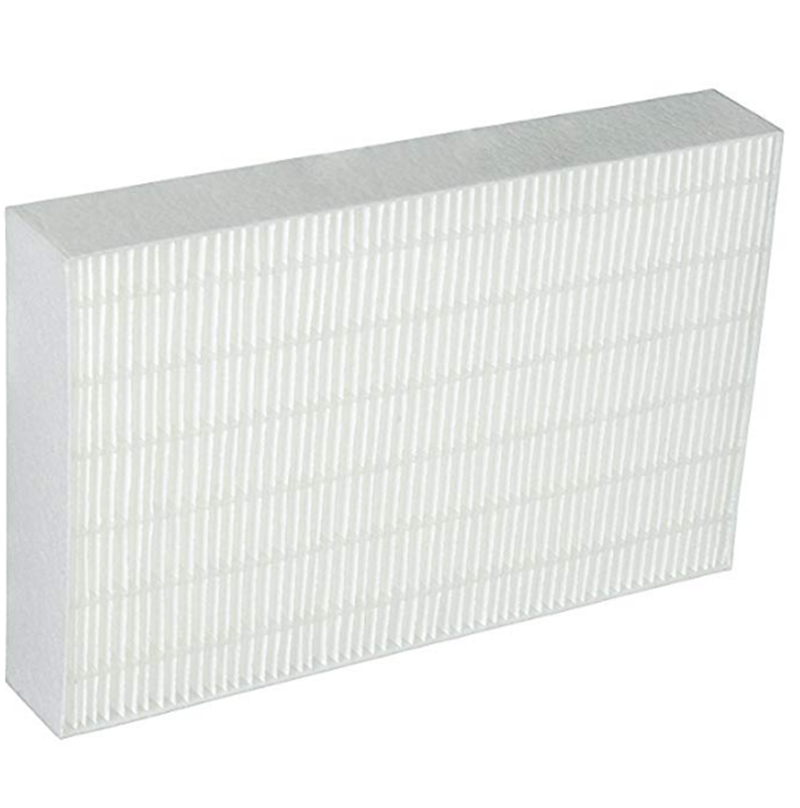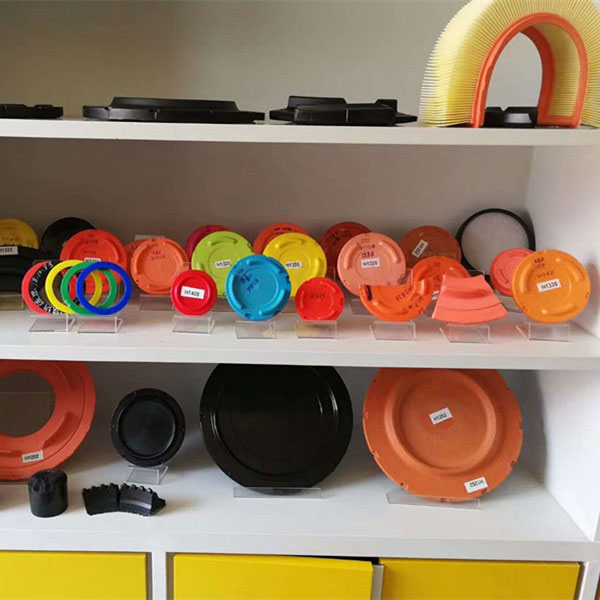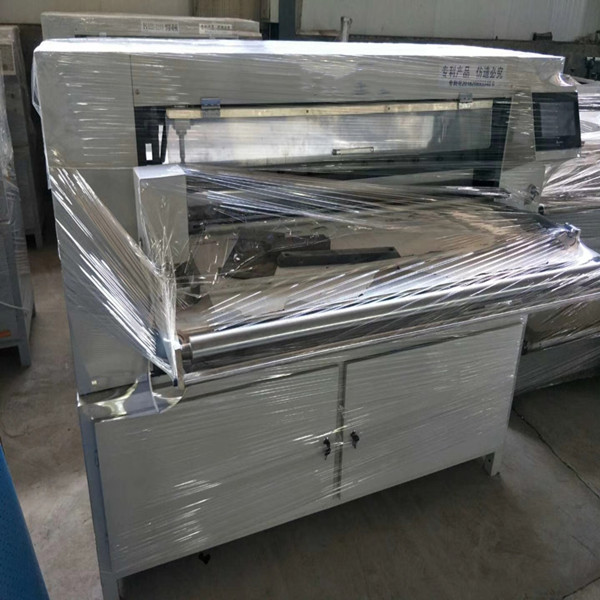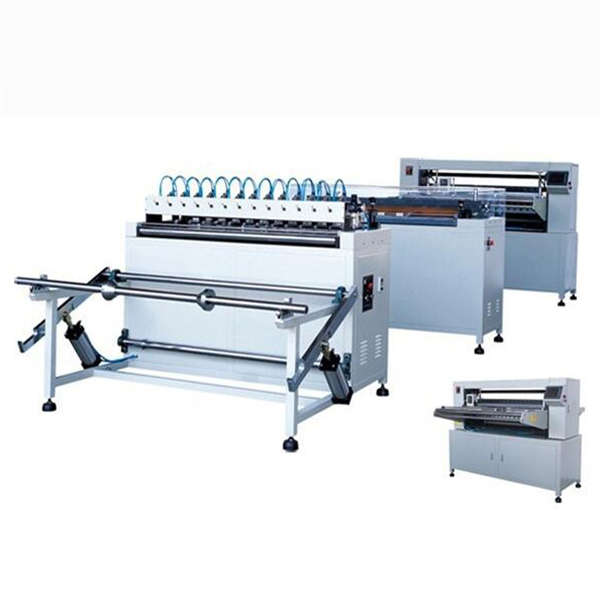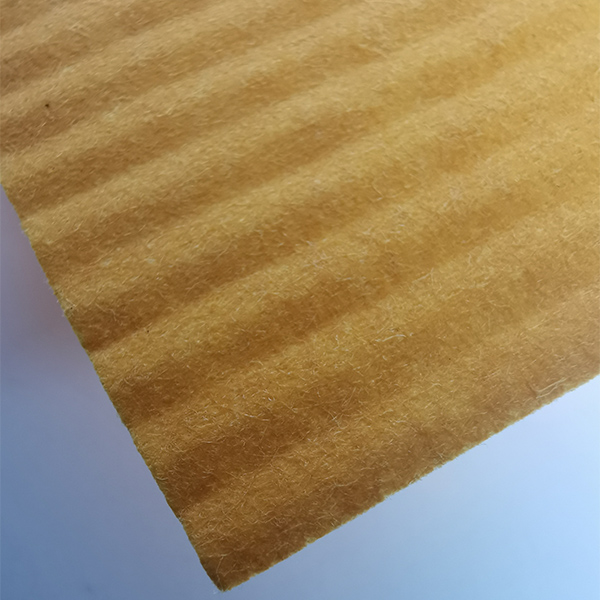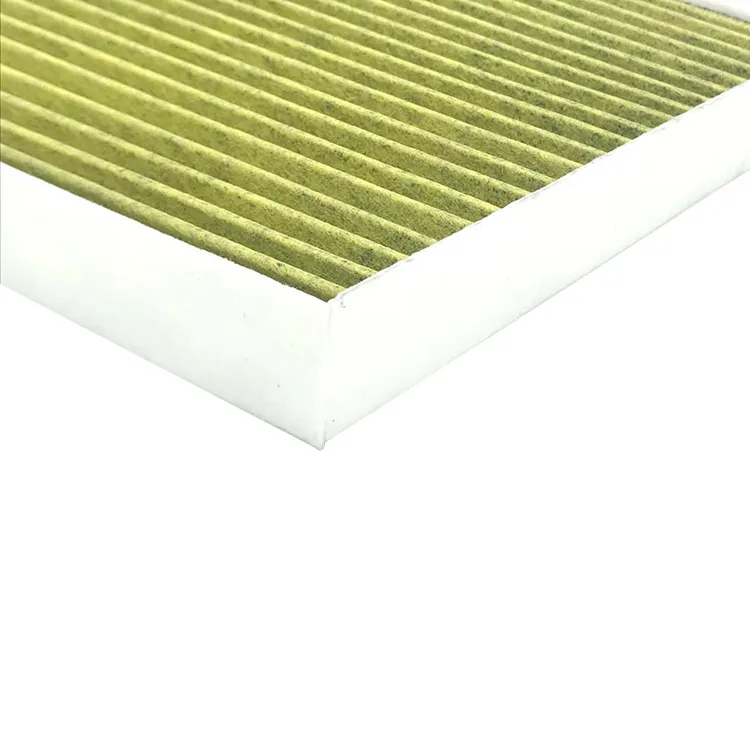- Understanding Non-Woven Filter Media Fundamentals
- Cutting-Edge Production Technologies Explained
- Performance Metrics and Comparative Data
- Industry-Leading Manufacturers Analysis
- Customization Capabilities Across Sectors
- Industrial Application Case Studies
- Partner Selection Criteria for Non Woven Filter Media Manufacturers
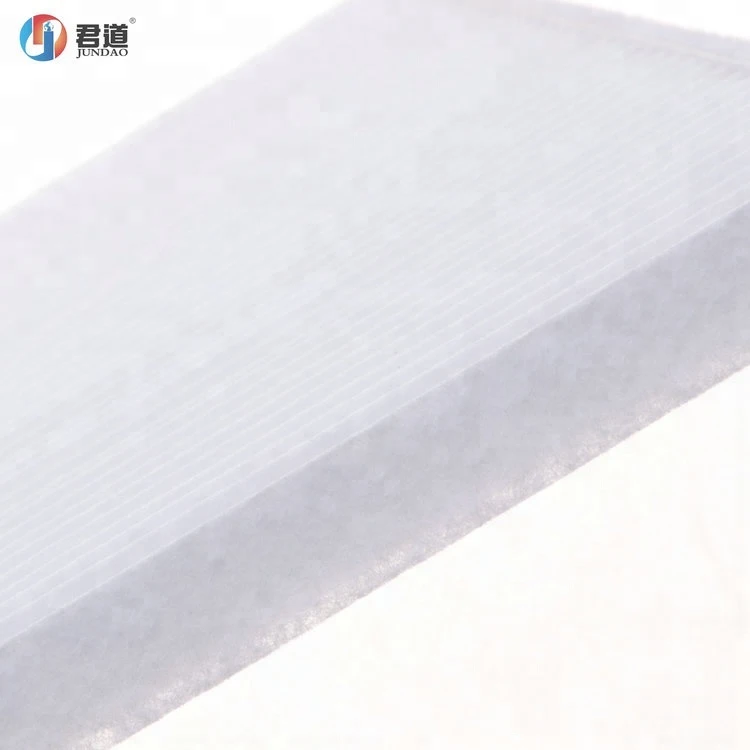
(non woven filter media manufacturers)
Understanding the Core Functionality of Non Woven Filter Media
Modern non woven filter media manufacturers
utilize advanced synthetic polymers to create filtration solutions with precisely controlled pore structures. These materials differ fundamentally from traditional woven fabrics by eliminating yarn-based limitations. Through specialized bonding techniques, manufacturers engineer media with consistent thickness and density profiles, enabling superior contaminant capture without sacrificing airflow efficiency. The filtration mechanisms include depth loading, surface retention, and electrostatic attraction - working synergistically to achieve sub-micron particle retention.
Leading producers constantly innovate material compositions like bi-component fibers and nanofiber coatings. These advancements create filter media with graduated density layers that progressively trap particulate matter while maintaining remarkably low pressure drops. Environmental compliance remains central to production, with forward-thinking non woven filter media manufacturers implementing closed-loop water recycling systems and solvent recovery processes. This reduces water consumption by 40% compared to conventional methods while eliminating VOC emissions during manufacturing.
Production Methodologies and Quality Control
Three primary technologies dominate non woven filter media manufacturing: spunbond, meltblown, and needle punching. Spunbond processes deliver high-strength fabrics ideal for HVAC applications by extruding continuous filaments onto conveyor belts. Meltblown systems excel at creating fine-fiber media for particulate filtration through high-velocity air streams that attenuate molten polymers into microfibers. Needle punching mechanically interlocks staple fibers to produce dense, high-retention depth filters.
Quality assurance protocols begin with polymer selection and continue through 12-stage production monitoring. ISO 16890-certified laboratories conduct bubble point tests to validate pore size distribution, while automated optical scanners detect micro-defects in real-time. This rigorous oversight ensures material consistency across batches with less than 2% variation in basis weight. Post-production treatments include hydrophilic coatings for moisture resistance and plasma surface modification to enhance dust loading capacity by up to 30%. Manufacturers maintain 0.22 micron absolute filtration ratings through these controlled processes.
Performance Metrics and Comparative Efficiency Data
Performance evaluation focuses on three critical parameters: fractional efficiency, holding capacity, and durability metrics. Laboratory testing demonstrates that non woven polyester filter media consistently achieves 99.97% efficiency on 0.3 micron particles when compared to equivalent cellulose materials at identical flow rates. This represents a 40% improvement in particulate capture efficiency across challenging operating conditions.
Accelerated aging tests reveal structural integrity maintenance beyond 10,000 operating hours. When comparing burst strength and elongation resistance, non woven synthetics withstand 300% higher pressures than traditional alternatives before failure occurs. These material characteristics directly translate to longer service intervals, reducing system downtime by approximately 20% in industrial applications.
| Parameter | Non Woven Polyester | Non Woven Cellulose Blend | Woven Cotton |
|---|---|---|---|
| Mean Pore Size | 15±2 µm | 25±5 µm | 35±8 µm |
| Air Permeability (cfm) | 45-65 | 60-85 | 85-110 |
| Particle Retention (0.5µ) | 99.4% | 97.2% | 91.8% |
| Operational Lifetime | 9-12 months | 6-8 months | 3-5 months |
Industrial Leaders Manufacturing Analysis
The global landscape features concentrated expertise among specialized non woven synthetic filter media manufacturers operating large-scale production facilities. Top-tier producers typically maintain over 200,000 square feet of manufacturing space housing multiple lines for needle punching, thermal bonding, and chemical consolidation processes. Several market leaders vertically integrate polymerization capabilities to ensure raw material consistency while utilizing proprietary additives to enhance filtration characteristics.
| Manufacturer | Core Competency | Annual Capacity (million m²) | Certifications |
|---|---|---|---|
| Ahlstrom-Munksjö | High-temperature media | 450 | ISO 9001, IATF 16949 |
| Freudenberg | Nanofiber composites | 380 | AS9100D, FDA |
| Kimberly-Clark | Multi-layer assemblies | 310 | ISO 14001, NSF |
| Berry Global | Medical-grade media | 280 | ISO 13485, USP |
Manufacturing investment patterns reveal concentration on automated quality control systems, with vision inspection technologies detecting sub-millimeter defects at 120 m/minute production speeds. Approximately 65% of major producers have implemented Industry 4.0 capabilities for real-time process adjustments based on inline spectrophotometer data, reducing material waste by 18% compared to conventional methods.
Custom Engineering and Application Adaptation
Advanced non woven filter media manufacturers maintain dedicated technical teams to develop application-specific material configurations. Customization variables span fiber diameter composition, basis weight gradients, and specialized surface treatments. For pharmaceutical applications, manufacturers create media with validated extractable profiles meeting USP requirements while incorporating antistatic treatments to prevent particle adhesion. Food processing applications often specify FDA-compliant materials featuring hydrophobic coatings to resist oil penetration.
Technical collaboration with OEMs enables specialized media designs such as composite structures combining support and filtration layers. One recent development features gradient density filtration media providing 92% initial efficiency at 1 micron while maintaining minimal 0.85" w.g. pressure drop. For extreme environment applications, manufacturers incorporate fiberglass reinforcements allowing continuous operation at 350°F temperatures - 50% higher than standard polyester media limits. Testing protocols for specialized products typically include 500-hour accelerated exposure to validate chemical resistance claims against specified contaminants.
Industry-Specific Implementation Successes
In automotive manufacturing, non woven polyester filter media demonstrated significant improvements in paint booth applications. One manufacturer's custom formulation increased particulate capture efficiency to 99.95% at 2 microns while extending filter service life from 3 months to 9 months. This reduced annual filter replacement costs by $420,000 per production line while maintaining critical air quality standards within tolerance limits.
HVAC system retrofits utilizing advanced non woven filtration media achieved measurable improvements in hospital environments. After installation, particulate counts dropped below 500 particles/m³ for 0.5 micron sizes, enabling compliance with ISO Class 7 cleanroom standards in operating theaters. The 18-month case study demonstrated 32% energy savings from reduced fan power requirements due to lower pressure drop characteristics. Additionally, maintenance intervals extended from quarterly to biannual servicing, reducing labor costs by approximately $18,000 annually per air handling unit.
Selecting Among Non Woven Filter Media Manufacturers
Choosing competent non woven filter media manufacturers requires thorough evaluation across technical parameters and quality systems. Prioritize partners providing comprehensive material characterization data including mean flow pore distribution profiles and multipass test results for standardized contaminants. Validate certifications including ISO 9001 and industry-specific approvals relevant to the application environment. Leading manufacturers typically offer audit support for qualification documentation needs.
Prospective clients should request application history documentation confirming successful implementation in analogous operating conditions. Assess sample turnaround times and pilot testing capabilities as indicators of responsive technical support. Crucially, evaluate manufacturing process controls through facility audits, focusing on statistical process monitoring systems that maintain material consistency within 2% variation for critical parameters. The most reliable non woven filter media manufacturers back their products with detailed performance warranties specifying efficiency maintenance over defined operational lifetimes.
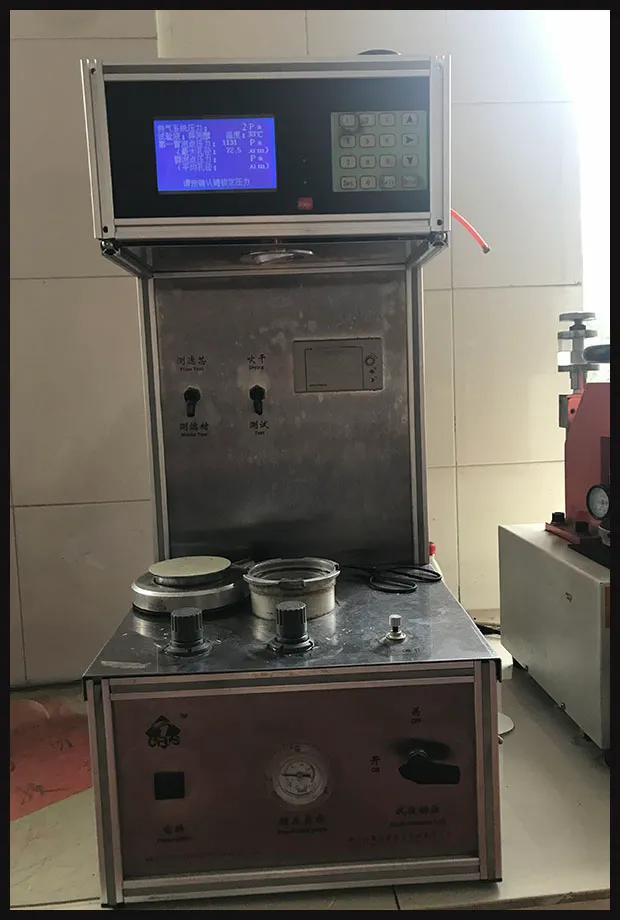
(non woven filter media manufacturers)
FAQS on non woven filter media manufacturers
Q: What are non woven filter media manufacturers?
A: Non woven filter media manufacturers specialize in producing high-efficiency fabrics for filtration systems. They cater to industries like automotive, water treatment, and HVAC. Their expertise ensures optimized performance and reliability.
Q: How is non woven polyester filter media used in filtration?
A: Non woven polyester filter media leverages durable polyester fibers for strength and chemical resistance. It's ideal for air and liquid filters in demanding applications. Benefits include longevity and cost-effectiveness.
Q: What advantages does non woven synthetic filter media offer?
A: Non woven synthetic filter media uses man-made fibers for superior durability and customizable properties. It excels in harsh environments like industrial settings, enhancing filtration efficiency. Advantages include resistance to degradation.
Q: Where is non woven filter media commonly applied in industries?
A: It's widely used in air purification, water treatment, automotive systems, and medical devices. Manufacturers ensure tailored solutions for precise filtration needs. This boosts safety and sustainability across sectors.
Q: How to select the best non woven filter media manufacturer?
A: Evaluate manufacturers based on certifications, customization options, and customer feedback. Look for experience in diverse materials like polyester or synthetics. This ensures quality, timely delivery, and value.
Post time: ມ.ຖ.-09-2025

